The purpose of the task is to investigate which technologies are the most appropriate now and into 2030 for solar-derived hot water, considering the full spectrum of global economic development. The Task will predominately focus on the development path and best practices for two technologies which, we believe, are likely to play the biggest role in the solar hot water market in 2030: solar thermal thermosyphon systems and solar photovoltaic (PV) self-consumption hot water heating systems. Both technologies avoid pumped circulation, require little maintenance, and have relatively low up-front capital costs, so they will clearly be strong contenders for deployment in 2030. Both technologies also offer the potential for further development, via innovative ‘smart’ control systems and real-time monitoring and integration with other residential and commercial energy systems.
Vision Objectives
The main task objective(s) is to:
1. Remain the primary source worldwide of high-quality technical information and analysis on solar heating and the solar heating market, in this case solar-derived domestic hot water.
2. Support the development and harmonization of new and current standards necessary for the widespread use of innovative solar hot designs and applications.
3. Contribute to a significant increase in the cost effectiveness of solar heating and designs through increased performance and reduced costs to increase their market competitiveness. Additionally:
3.1 Improve solar designs and technologies to increase user acceptance.
3.2 Identify and prioritize R&D needs for solar heating and cooling that will lead to expanded markets due to significant performance increases.
3.3 Develop cost-effective designs and technologies in collaboration with appropriate intermediary industries.
3.4 Continue R&D activities and strengthen interactions with industry to address cost drivers and market competitiveness.
3.5 Intensify the cooperation between the Solar Thermal and PV industries to classify best practices and cost reduction potentials when using PV for water heating.
4. Enhance cooperation with stakeholders, namely industry, international organizations and local, regional and national governments, potential customers, energy and urban planners. Additionally:
4.1 Support the greater use of solar designs and applications in developing countries through targeted dissemination of Task results, country/sponsor membership in the TCP, Solar Academy activities and other TCP initiatives
4.2 Work to bridge solar heat into the broader energy supply system investigations as sector coupling of renewable heat and electricity supplies increases
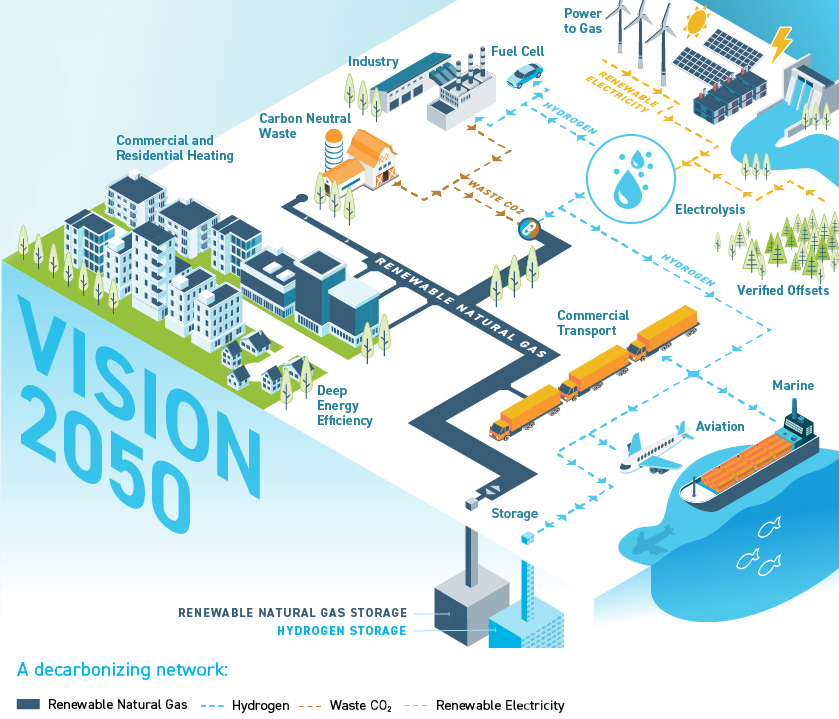
Main Activities
Define the status quo for two of the most cost effective and reliable solar water heater technologies (thermosyphon & PV systems) that are suitable for different regions and levels of economic development.
Lead a collaborative effort between researchers, industry, and testing laboratories to identify and implement opportunities to improve the performance of solar water heaters.
Develop technology transfer documentation in order to assist local technology rollout in different economic development regions, by providing expert knowledge sharing though the IEA SHC Solar Academy program.
Identify current, and develop new, performance and reliability standards appropriate to providing market confidence to build mainstream markets by 2030.
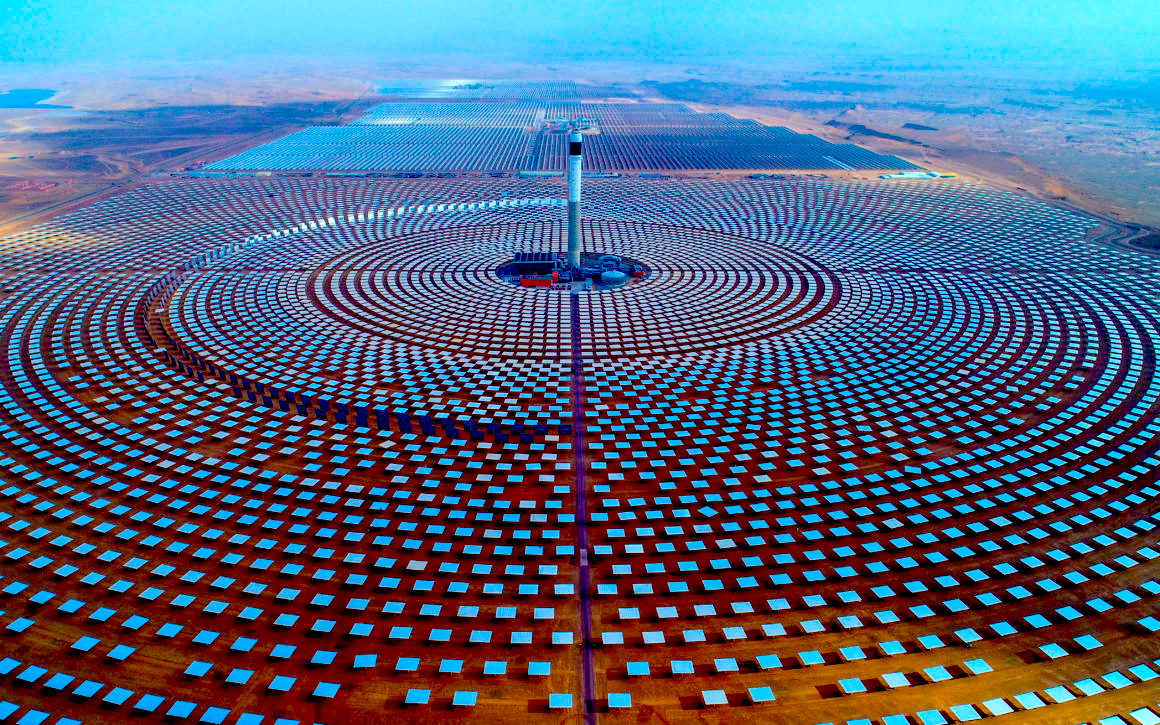
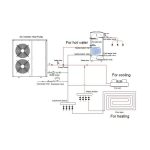
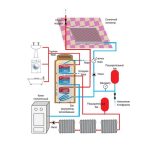
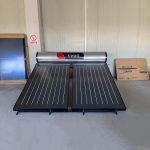
Leave A Comment
Your email address will not be published.